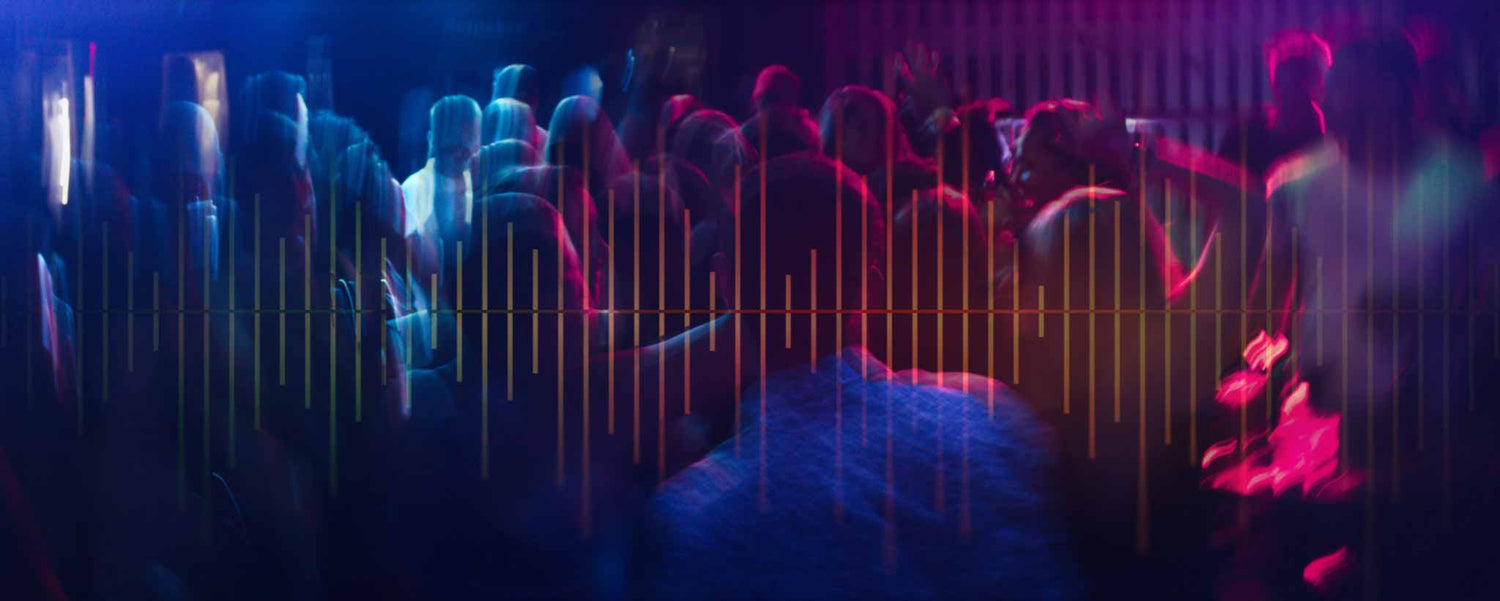Loud colors don’t have to be fluorescent. You can wear a falsetto shirt with baritone pants. How do you classify synesthetic perceptions?
Publish 9 September 2021
Turn it Up!
Loud sounds irritate your ears, right? You may not like the look of certain colors. That seems normal. So the terms ‘seeing sounds’ or ‘hearing colors’ sound odd. But this juxtaposition is possible among people with synesthesia. In this condition, stimuli in one of the senses receive feedback from other senses.
The common five senses of sight, hearing, smell, taste, and touch are popular because of Aristotle (384–322 BC). Different methods of neurological classification can today yield as many as 21 senses. By including categories of radiation, feelings, chemical, and mental senses, eco-psychologist Michael J. Cohen puts the number of senses at 53. [1]
Among 2–4% of the population, human senses switch lanes, so to speak. [2] Imagine tasting food with your eyes, ears, and tongue. This seems like a description of an LSD trip. An individual hears a word and sees shapes. Or he sees colors upon hearing someone’s name.
Types of Synesthetic Perceptions
The term ‘synesthesia’ originates from the two Greek words syn and aisthesis. They mean together and perception respectively. Experts categorize the different manners of synesthetic perception as follows [3]:
- Involuntary Synesthesia. Altered perceptions involuntarily occur without focusing on them.
- Projected Synesthesia. Someone can see altered perceptions beyond his mind. They exist outside the body.
- Memorable Synesthesia. The synesthetic perception becomes the primary memory aid rather than the actual sense.
- Emotional Synesthesia. Here, synesthetic perceptions stimulate feelings of emotion or pleasure.
- Durable/Generic Synesthesia. This is the most consistent kind of synesthesia. An individual always perceives the same thing in reaction to a certain stimulus.
Otolaryngology classifications divide synesthesia into the following subtypes:
- Grapheme-Color Synesthesia. A person associates numbers and letters with different color shades. This is one of the most common types of synesthesias encountered in otolaryngology. Grapheme-color synesthesia may enhance a person’s memory and creativity.
- Auditory-Tactile Synesthesia. This correlates to a sound that links with a particular sensation felt over the body, such as tingling, tickling, etc.
- Chromesthesia. The individual can associate different types of sounds with different colors.
- Odor-Color Synesthesia. Uncommon association of smells with visual experiences, particularly colors.
Biological Cause of Synesthesia

Experts have several theories explaining the neurological phenomenon. Perhaps the simplest conclusion is that synesthesia is the result of ‘crossed wiring’ within the brain. This wiring ends up causing different senses to react to stimuli of another sense.
We know that remaining senses compensate when a person loses one, like sight. Savants often have hyper-memory and unexplainable talent that they describe through uncommon sensory connections. [4] People with synesthesia do not have to experience sensory loss.
Synesthesia and Creativity
Many people believe synesthesia can enhance a person’s creativity. This is because those with the condition perceive surroundings in truly unique ways.
People with synesthesia relate how the simplest sights can seem very vivid and vibrant. Due to this phenomenon, it is easy to comprehend how synesthesia heightens creativity. Some famous personalities and creatives with synesthesia include singer Mary J. Blige, poet Arthur Rimbaud, and renowned physicist Richard Phillips Feynman. [3] Each synesthete has a unique color palette, so there is no universal system for mapping sounds.
Synesthesia is not a disease or defect. It is a fascinating human characteristic that can add new meaning to wearing loud colors. Think how much brighter your life might be as a synesthete.
To support the writing of scholarly articles about neurology, ClinicalPosters sells human anatomy charts, scientific posters, and other products online. You may sponsor specific articles, become a ClinicalNovellas Member, or remit a small donation.
ClinicalPosters sells human anatomy charts, scientific posters, and other products online to offset expense of the writing useful articles about neurology. Slide extra posters into DeuPair Frames without removing from the wall.
Show your support by donating, shopping for ClinicalPins, becoming a ClinicalNovellas Member, or leaving an encouraging comment to keep the research going.
To support the writing of useful articles about neurology, ClinicalPosters sells human anatomy charts, scientific posters, and other products online. You may sponsor specific articles or remit a small donation.
ClinicalPosters sells human anatomy charts, scientific posters, and other products online to offset expense of the writing useful articles about neurology. Slide extra posters into DeuPair Frames without removing from the wall.
ClinicalPosters sells human anatomy charts, scientific posters, and other products online. You may remit a small donation or become a ClinicalNovellas Member.
You can support the writing of useful articles about neurology by sponsoring specific articles, becoming a ClinicalNovellas Member, or remitting a small donation. Visible content is optimized for device size.
Reviewer Anique Ali, MD, has a keen interest in medical bioinformatics.








 Romance & Health Intertwine. Fall in love with a captivating romance miniseries that explores the essence of well-being. Become a ClinicalNovellas member for heartwarming tales.
Romance & Health Intertwine. Fall in love with a captivating romance miniseries that explores the essence of well-being. Become a ClinicalNovellas member for heartwarming tales.





